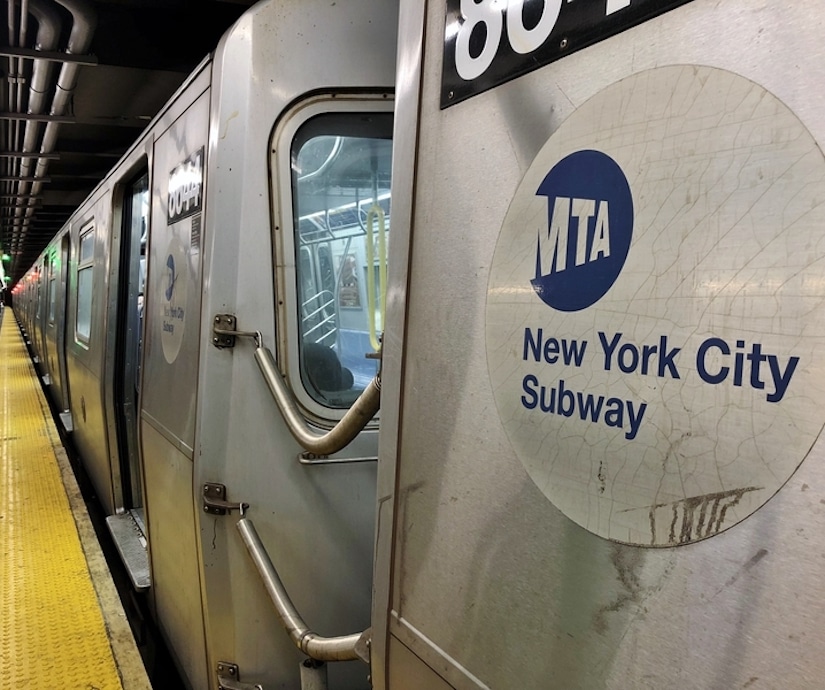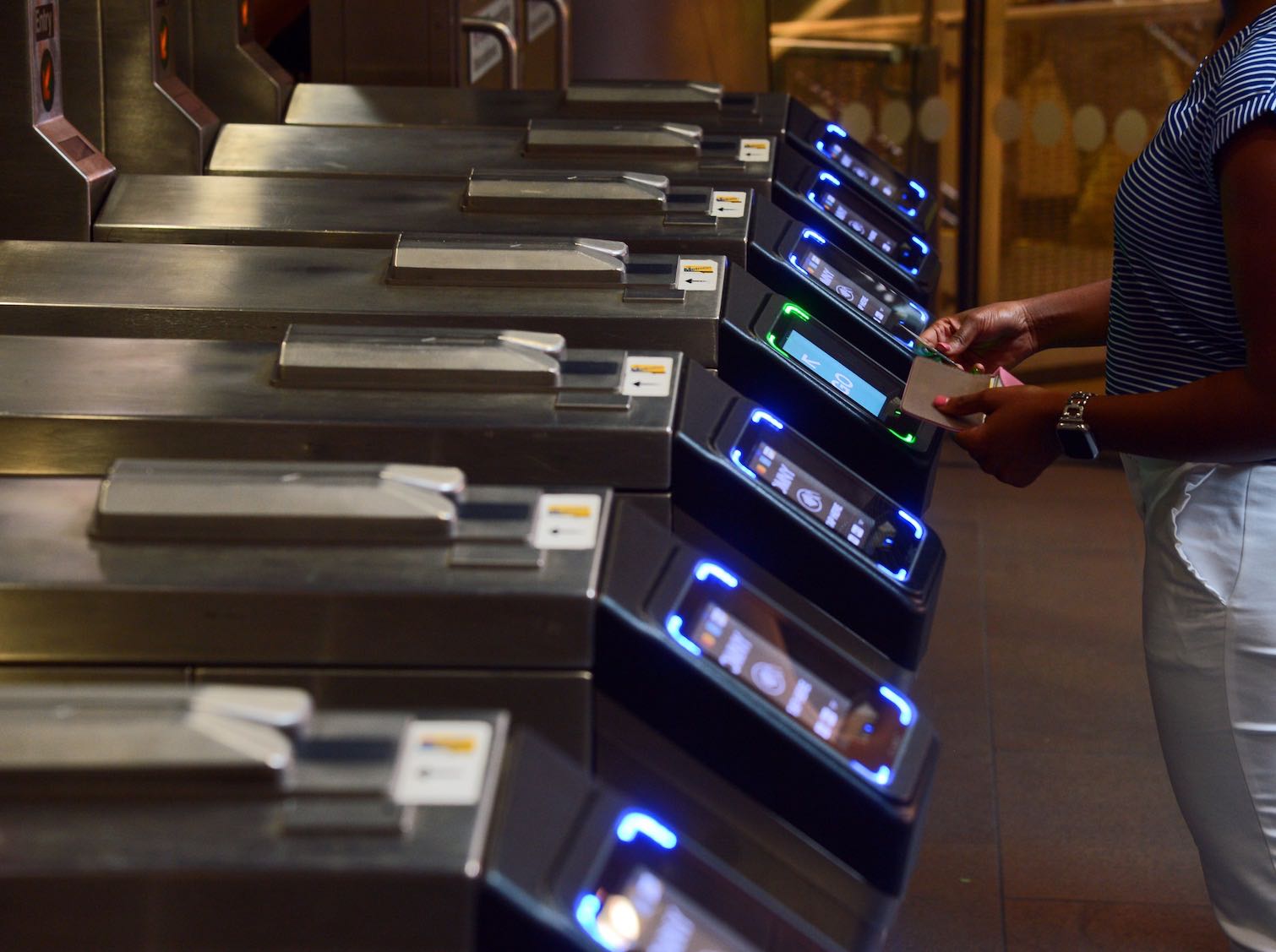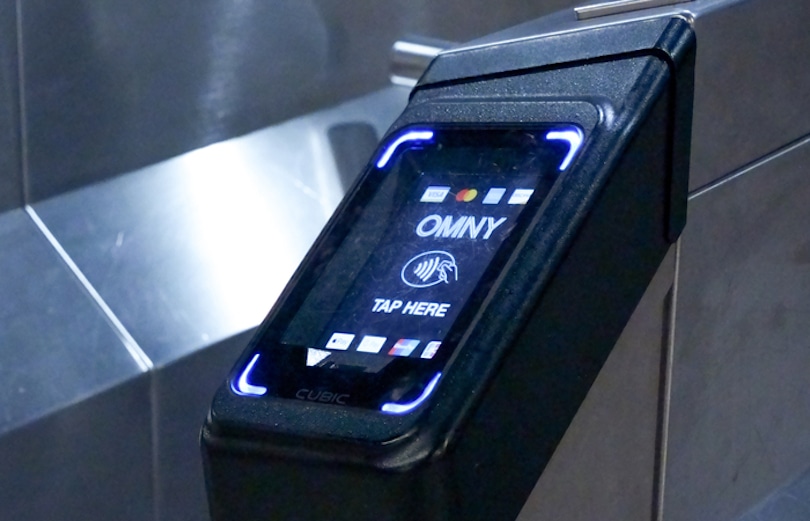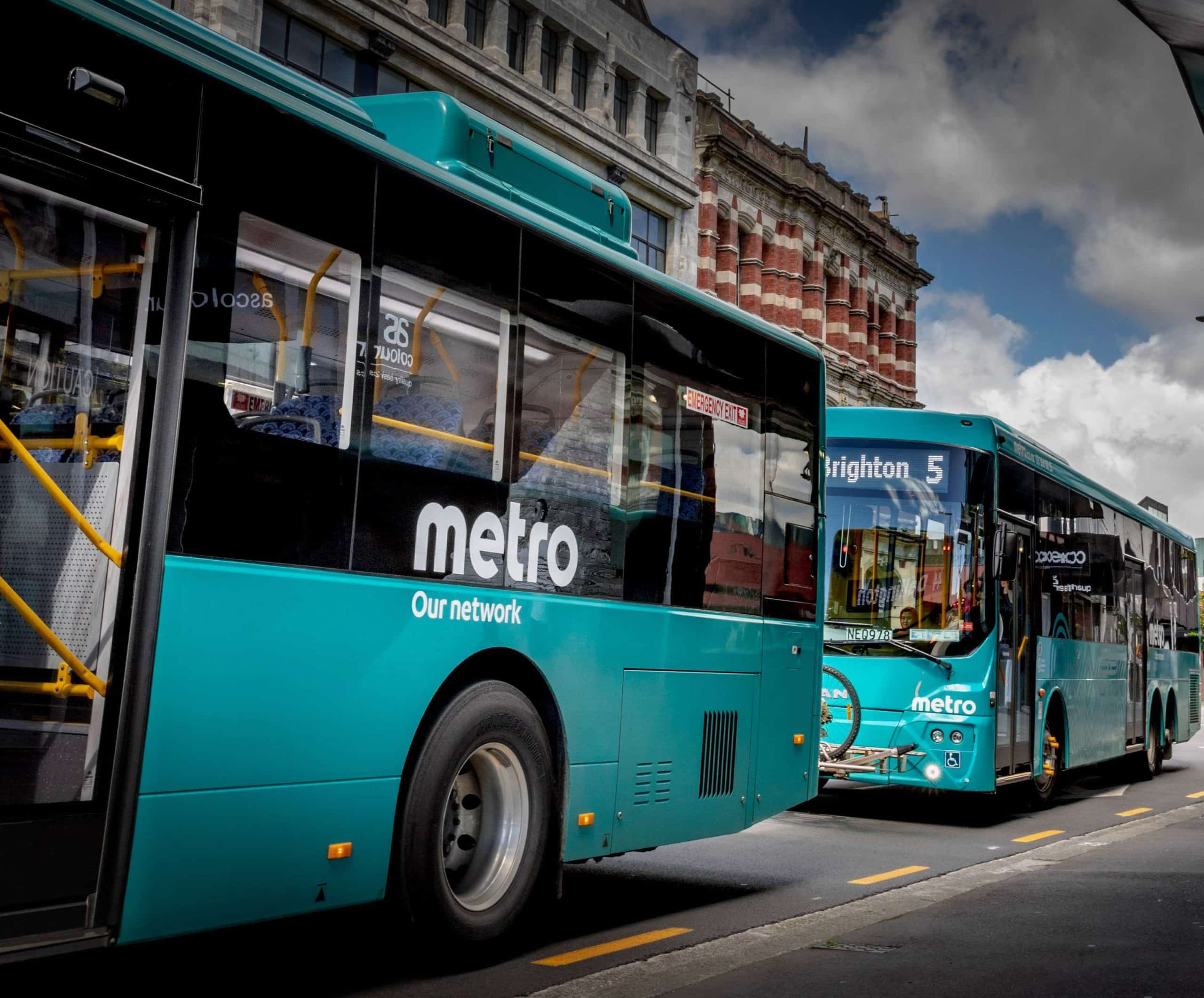
Article Highlights
New York’s Metropolitan Transportation Authority marked its one-billionth OMNY transaction last week. The giant transit agency has struggled to finish the OMNY rollout after a timely implementation on the New York City Subway and buses.
Chart: Road to One Billion: MTA vs. TfL
• MTA (New York)
• Cubic
New York’s Metropolitan Transportation Authority last week marked the billionth OMNY transaction, with MTA chairman and CEO Janno Lieber speaking at a press conference at the subway station where the landmark tap occurred. He touted the OMNY contactless open-loop payments program as an “amazing success.”



















